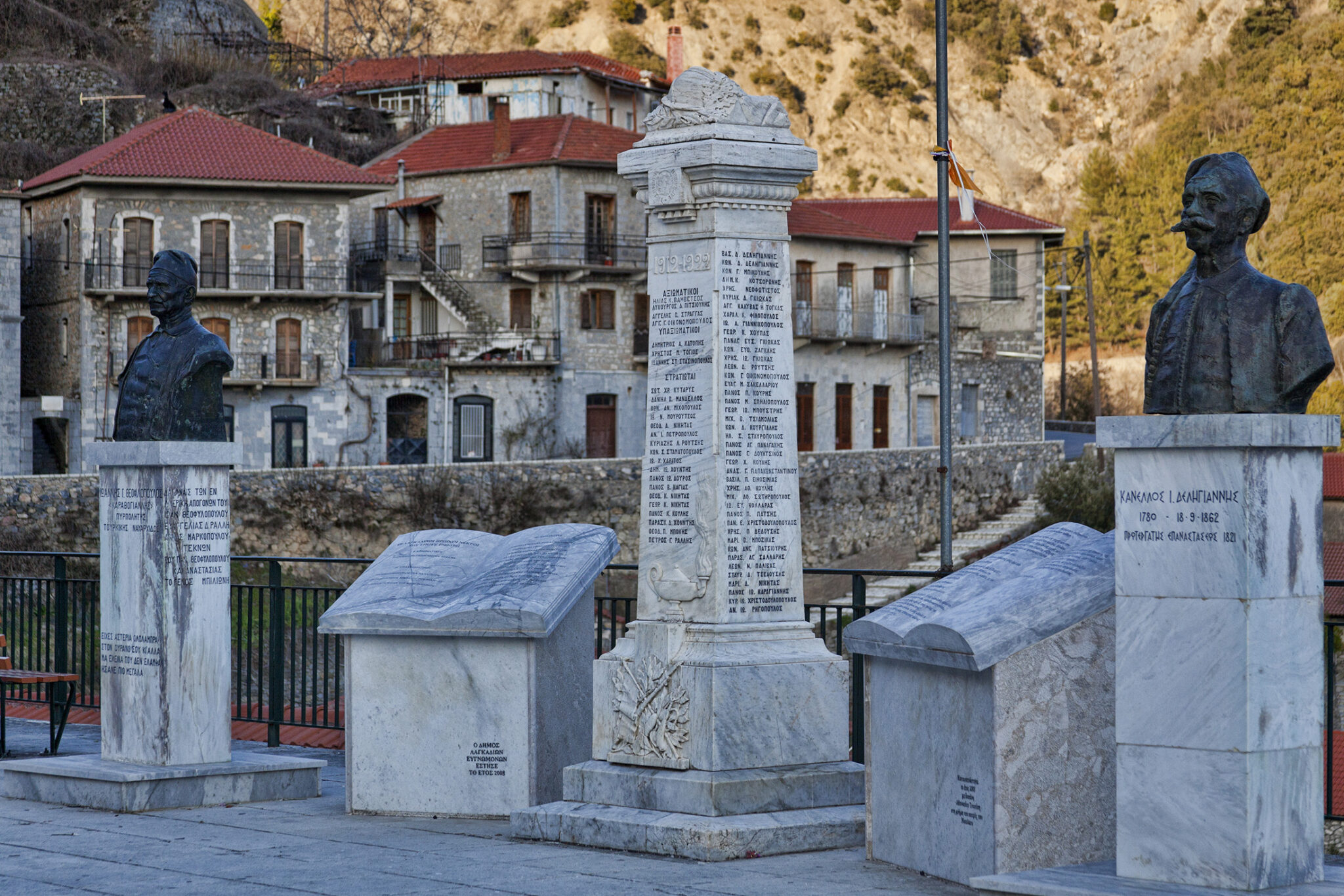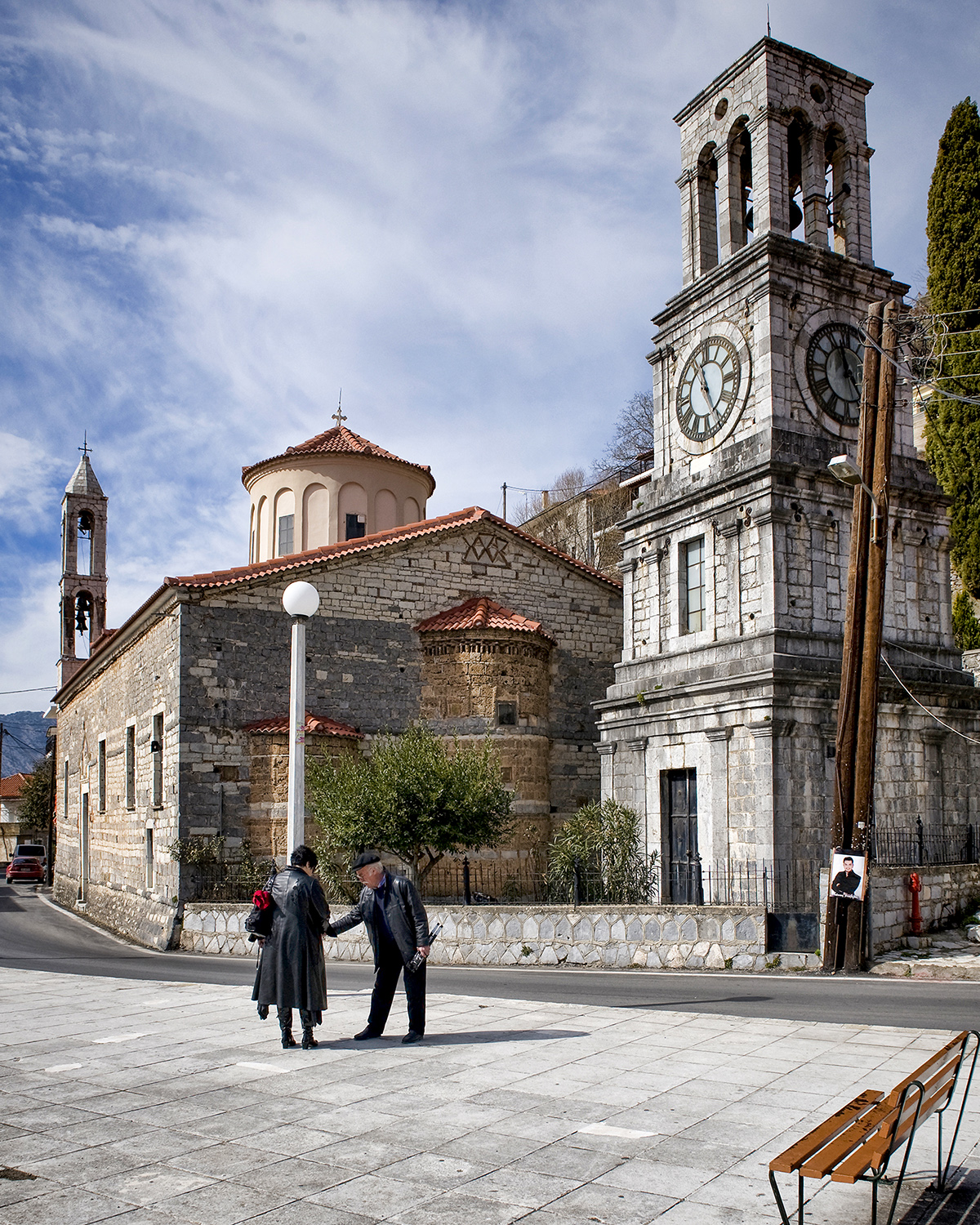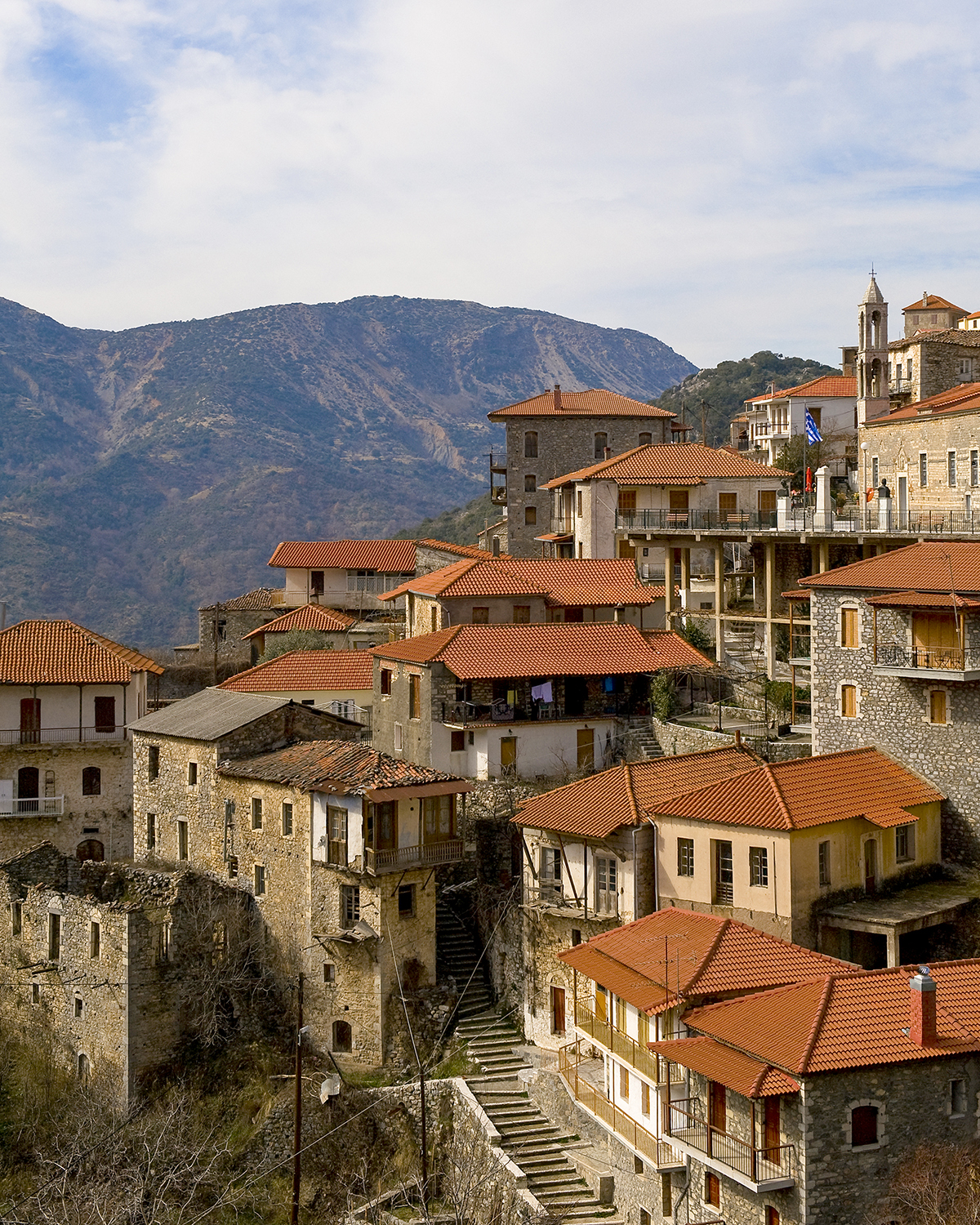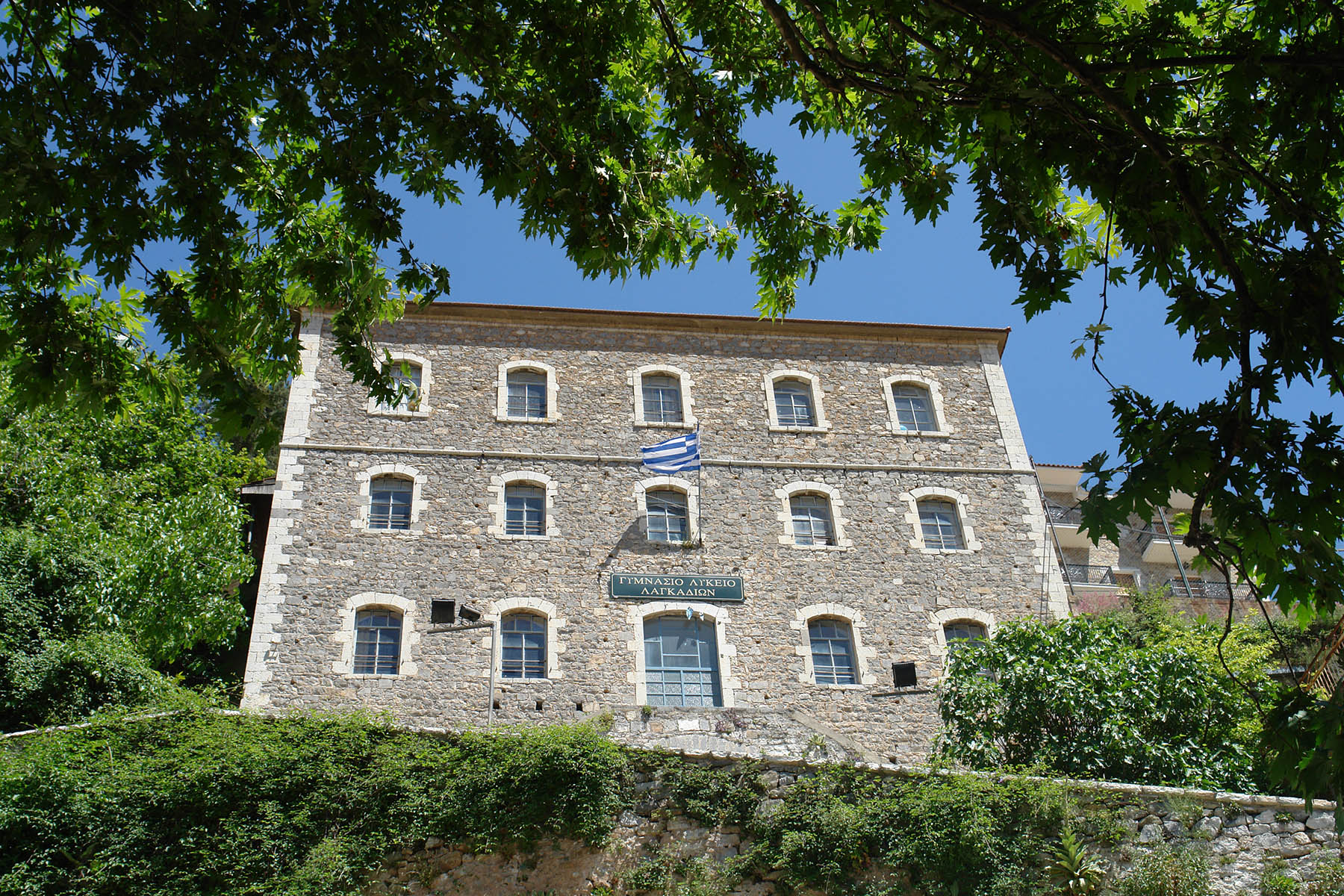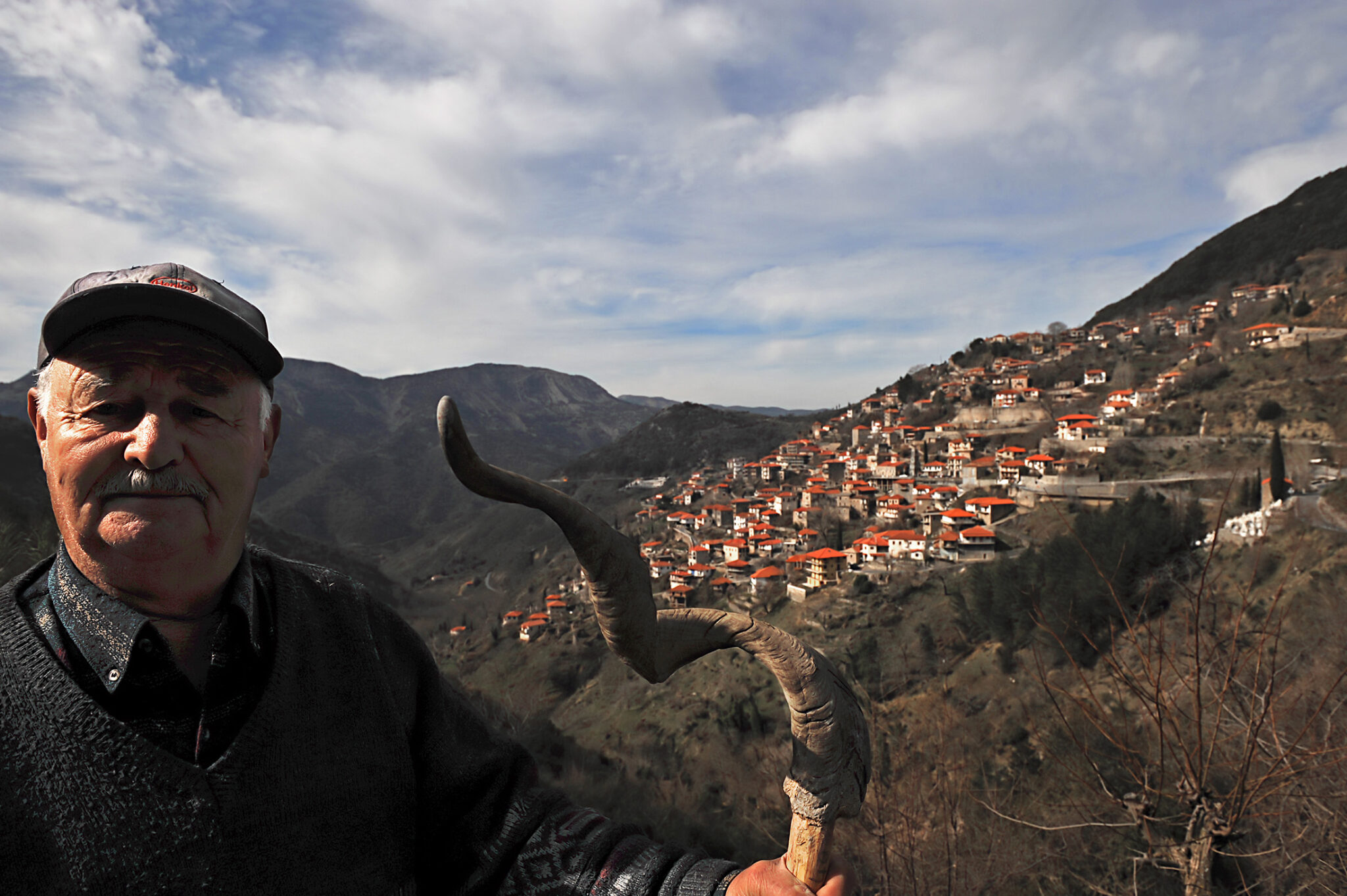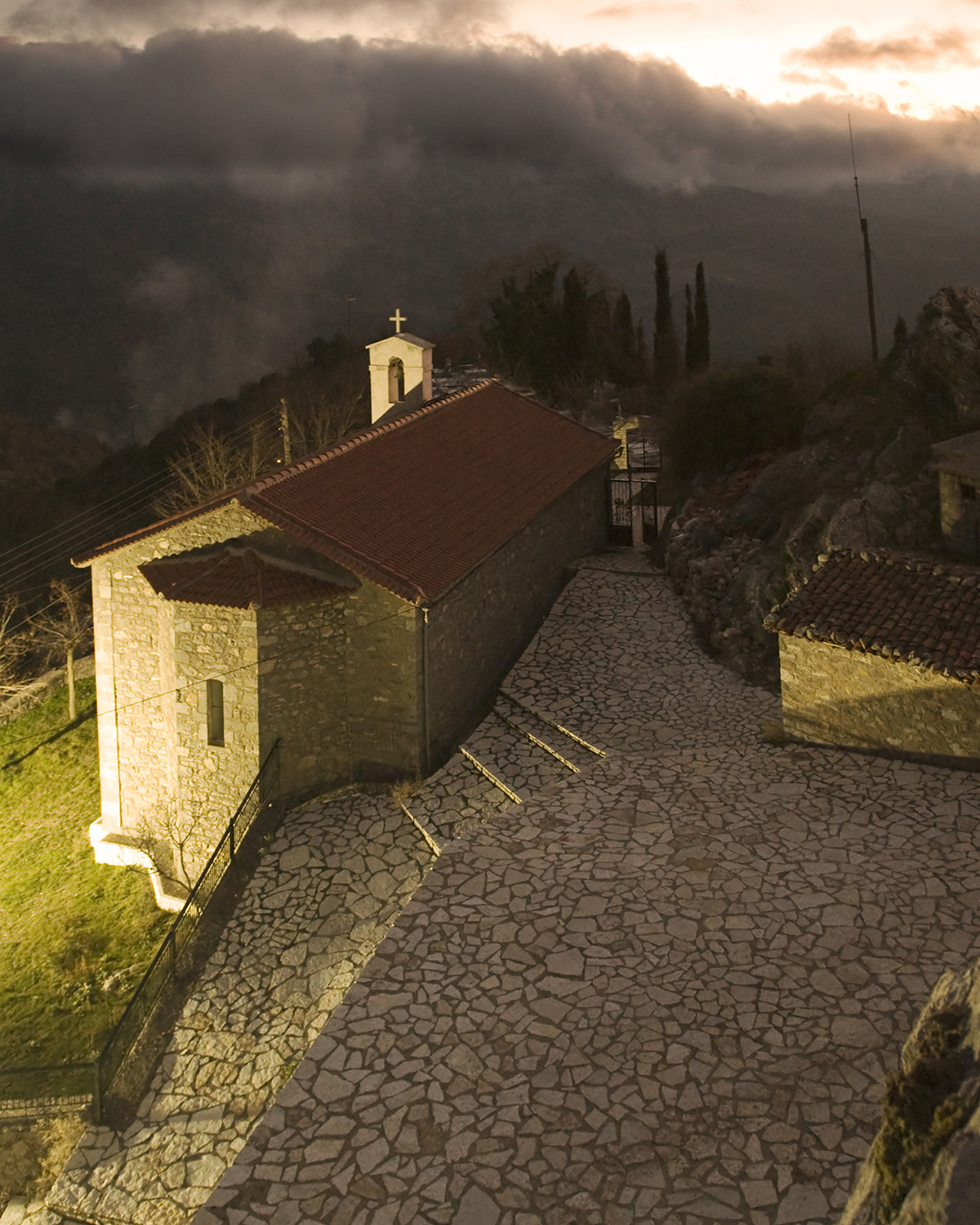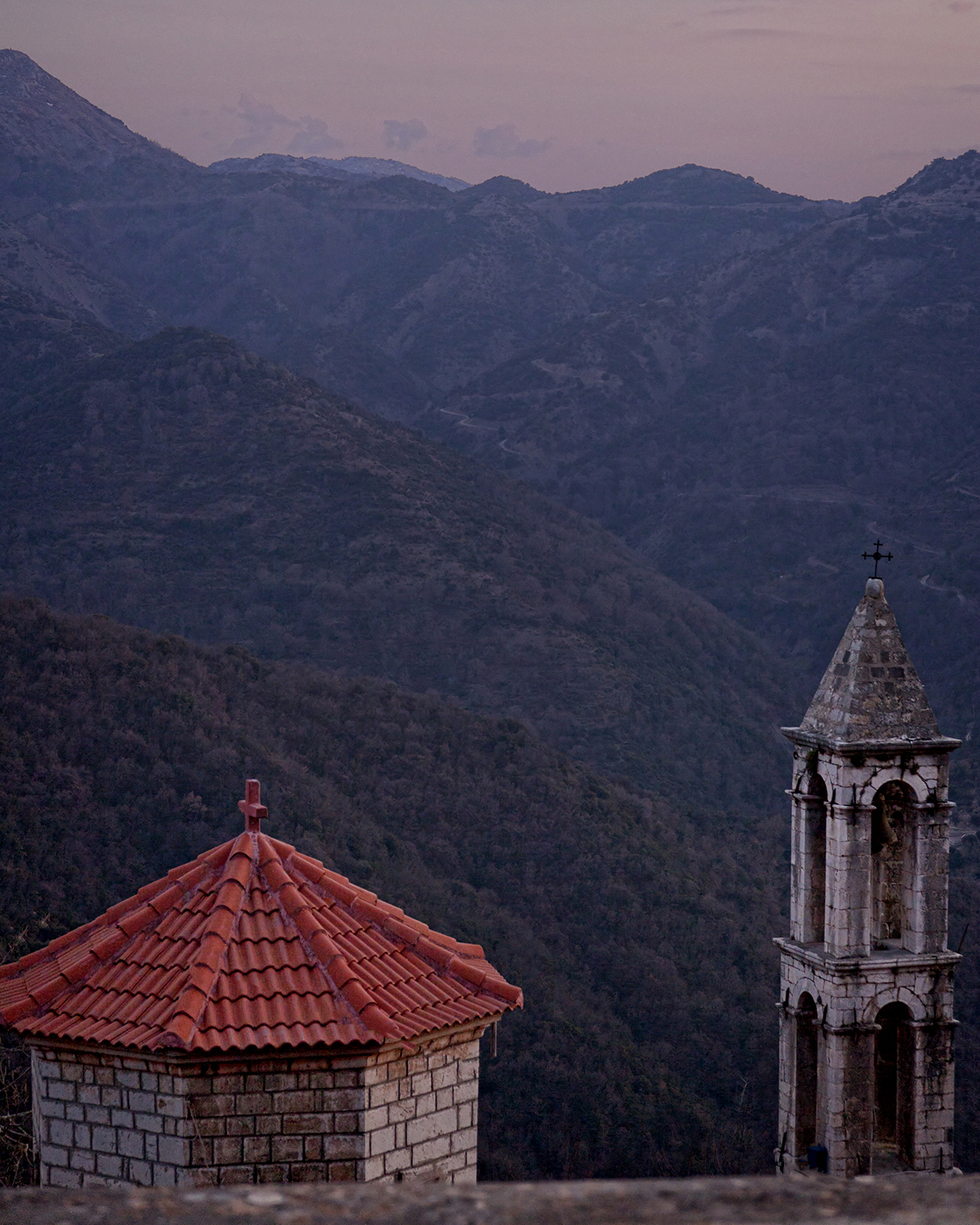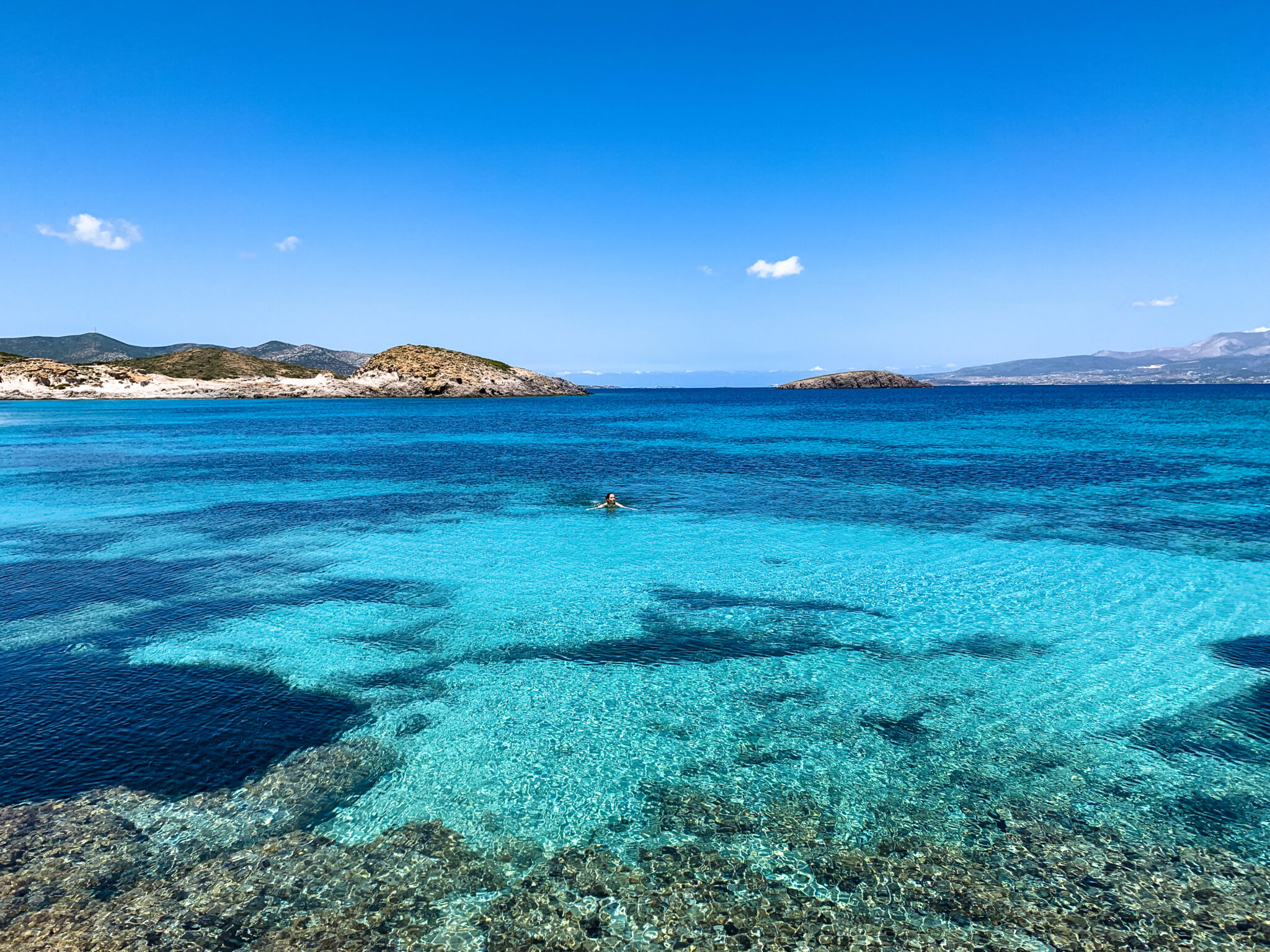Far from the beaches, in the mountainous region of Lagadia, Arcadia, the art of the renowned Lagadian craftsmen thrives and continues to be passed on, especially during the last 15 days of July. The ‘Festivities of the Stone’, organised by the non-profit association ‘Blossoming Stones’, is a celebration of an exemplary, age-old tradition being kept well alive.
It is a sobering fact that overall, many traditional professions have faded, as younger generations choose not to follow in the steps of their predecessors. In Lagadia however, the scenario is different. A non-profit association, aptly named ‘The Blossoming Stones’, has committed itself not only to the promotion but also to the preservation and continuation of the traditional art of stone.
Continuing from its success in 2022, this year the ‘Festivities of the Stone’ event is taking place during the second fortnight of July 2023. A rich programme of workshops, seminars, tours and artistic activities will be complemented by an open-air sculpture workshop titled ‘From the Pickaxe to the Sculptor’, and will feature the participation of five renowned sculptors, with the works created during the festival remaining in Lagadia. Experienced stone craftsmen and distinguished scientists will lead workshops designed to educate and inspire young stone workers, architects and civil engineers.
A portion of the educational programme is devoted to the restoration of ruins and public fountains, while theoretical seminars will focus on the restoration of monuments of traditional architecture and the use of traditional building materials. Children will also be welcomed to enjoy specialised educational programmes based on artistic activities and storytelling. Apart from the ‘Festivities of the Stone’, the activities of ‘Blossoming Stones’ are many and noteworthy, as can be discovered by browsing the absorbing website anthitispetras.gr.
When the ‘bouloúkia’ (work groups) of Lagadian builders travelled for work, it was the builders hailing from Lagadia and its surrounding villages, who belonged to the organised groups of craftsmen, that penned the narrative of traditional architecture in Greece. They constructed public and private buildings, temples, and bridges, and their handmade craftsmanship greatly influenced the aesthetic of towns and villages across the country. Their works are not only magnificent but also enduring through time. Many of their creations remain standing and have been restored not just in Arcadia, but across the whole of the Peloponnese – in places such as Methoni, Kalamata, Sparta, Argos, Megara, Monemvasia, Gythio – and numerous other parts of Greece.
The craft of these builders was passed down from one generation to the next, particularly during the period of high demand from the 17th until the early 20th century. However, they fell into obsolescence when vernacular architecture took a back seat owing to industrial and technological advances. The renowned builders of Lagadia were gifted with aesthetic discernment, paired with inventive and practical outlooks. What remains of the old houses of Lagadia reveals their ability to merge the study of the earth’s geometry with the bravery of construction, the logic of functionality and a sense of beauty.
The work groups would depart at the crack of dawn on foot, their sacks loaded with provisions and their animals carrying their tools. It was a bitter and melancholy moment for everyone – unlike their return, which was a true celebration for the village, with everyone pouring into the streets to welcome them as they approached, singing.
Given their dire need for money, they were compelled to travel even in the depths of winter. The agreement with the owner for whom they would work was usually verbal and they were paid in advance. Along their journey, which could last for days, they would stay at inns or outdoors. The work parties consisted of individuals skilled in all aspects of construction – stonecutters, “axe-men”, master builders, apprentices and the like – led by the head builder. The most skilled craftsmen would work on the exterior of buildings, whilst the less skilled members worked on the interior.
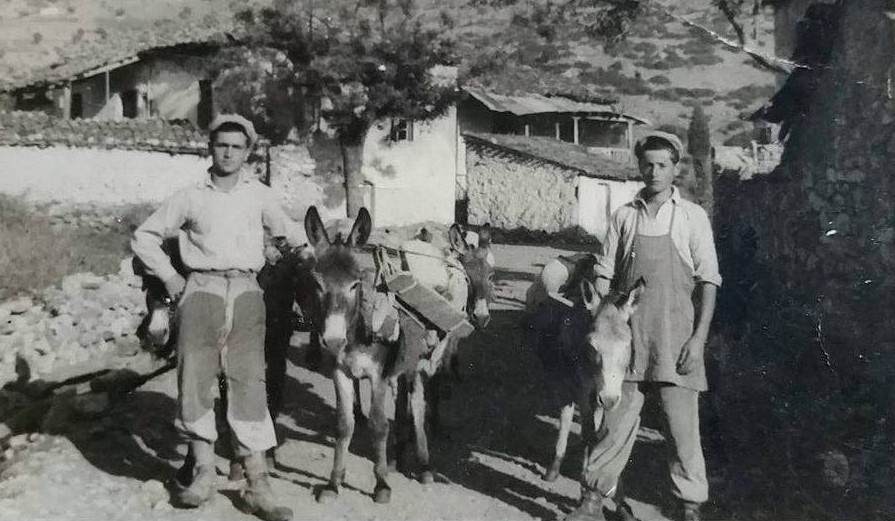
The builders had developed a clandestine craft language, their code for communication, which they used to prevent the owners or other builders in the villages where they worked from understanding their designs. In addition to houses, the builders from Lagadia left behind significant works of ecclesiastical architecture. Indeed, it appears they contributed to the development of the new-octagonal type of church, characterised by a large dome supported at eight points. They also constructed masterful bridges, a task far more challenging because, as they themselves recounted, they were “battling the river”. The weight of the unprocessed arch stones they used could reach up to 400 kilograms. These stones needed to be carefully accounted for. Then, the “axe-man” (or adjuster) would take over and “bring the bridge to the hundredth”, as one of the old master builders evocatively describes.
Read also:
The trails of mountainous Arcadia – Stunning routes among the fir trees
A wonderful autumn destination in Greece -A small verdant village in mountainous Arcadia
Lush village in Greece’s Arcadia region ideal for escape to nature



